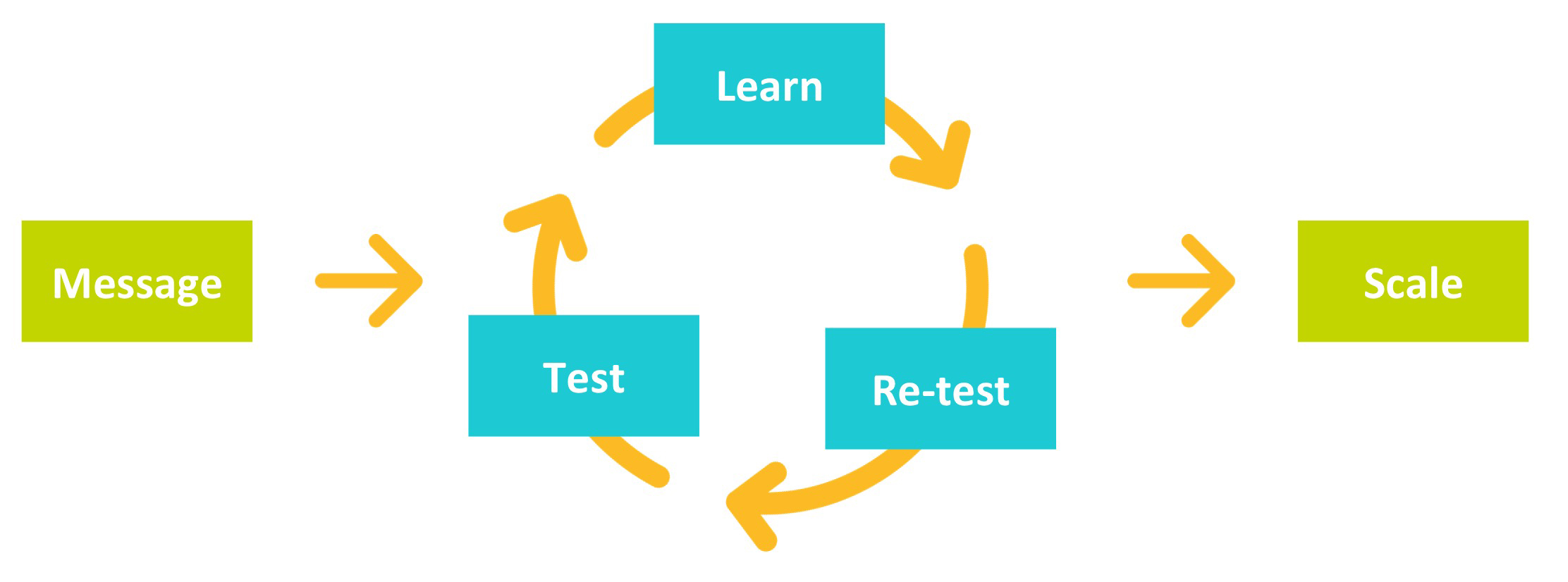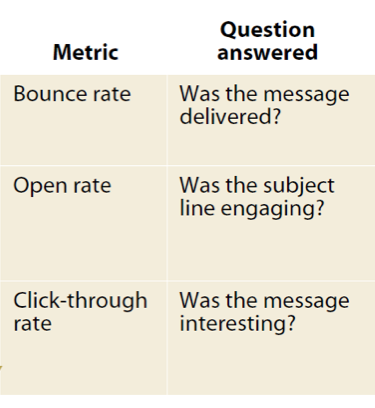Marketer's Guide to Effective Email: Part 4
It’s easy to forget – email marketing is part of a brand’s Integrated Marketing Communication (IMC). The best email marketers see email holistically along with mobile, social and offline marketing. The broader our vision of email, the more successful we can be in the eyes of the customer. The customer sees brand not channel. How does email integrate with Customer Service? Field sales? Store associates? Each of these touchpoints can- and should trigger an email. If we ignore this, we will never get off the wheel of batch and blast and our customers will become numb to email communication.
So open yourself up to other channels, take a customer’s perspective and read part four of our series Marketer’s Guide to Effective Email:
- Ease of user sign up/opt-in process and what brands do next
- Valuable and relevant content, not just more spam added to the pile
- A culture of continuous testing
- Integration with mobile, other digital channels and offline campaigns
- Measurement beyond opens and clicks
Email and owned media
Customer engagement with email usually ends up on owned media like landing pages. These mobile and web experiences tell the brand story and capture conversions. In a perfect world, the customer buys every time they land. And in an ecommerce model, we can perfectly attribute conversions back to email. In reality, customers are on a buying journey and don’t always convert in the channel we want them to. This is good news actually. Email should push customers along their path to purchase, not always ask for the order. The best practice is to measure email beyond opens and clicks and into web experiences. Where did the customer land and what happened next? Were they on the site for a period of time? Did they return directly? Email performance should be about engagement not just sales.
Some best practices:
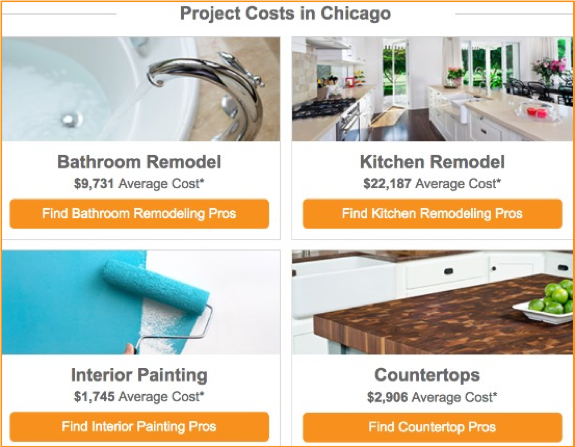
HomeAdvisor® customizes content based on data captured on signup, including type of home repair project and location.
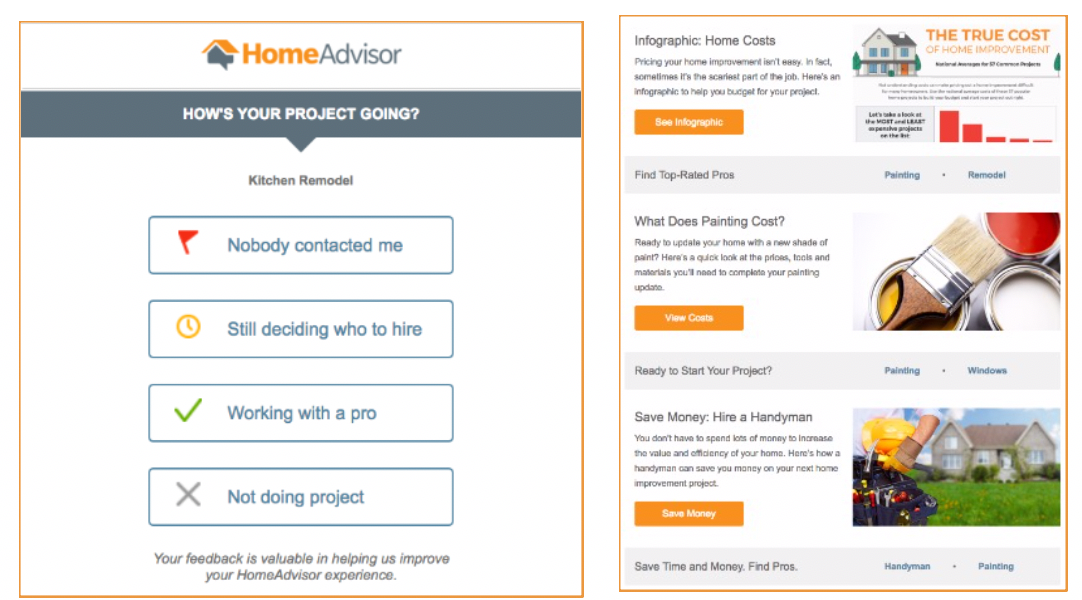
HomeAdvisor®
Then, they follow-up to push customers along their buying journey and (hopefully) add value as they nurture customer interest with surveys and content.
In a retail model, abandoned carts trigger an email, but how do you now the customer didn’t buy the merchandise already at the store? Let’s stop using the words “abandoned” and use email to promote conversions in another channel. Here is Petco® talking about its retail channel and driving retail traffic:
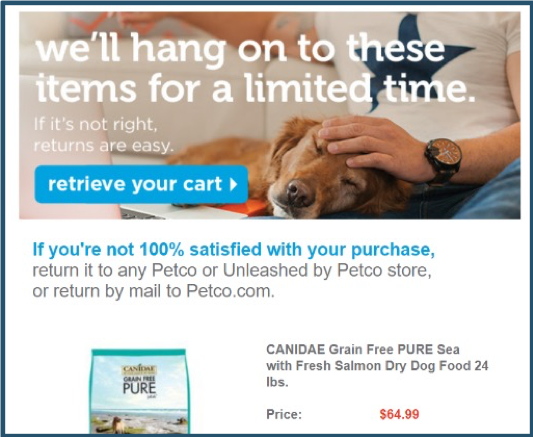
Mobile integration
Email and mobile go hand in hand. In fact, the best email marketing embraces mobile, not as an afterthought, like a shrunken version of a desktop experience, but as a powerful new solution with benefits all its own. Take these best practices that leverage mobile:
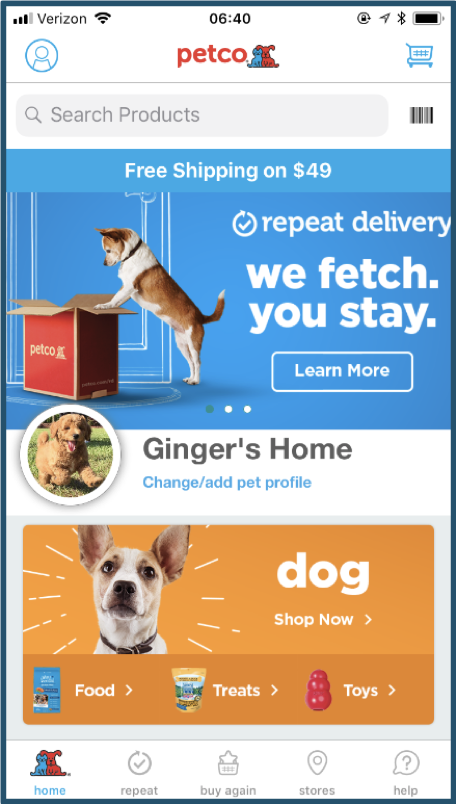
Petco’s mobile profile uses a picture of a customer’s pet and email content can be customized for this particular dog and owner (versus irrelevant messages about birds, fish or cats).
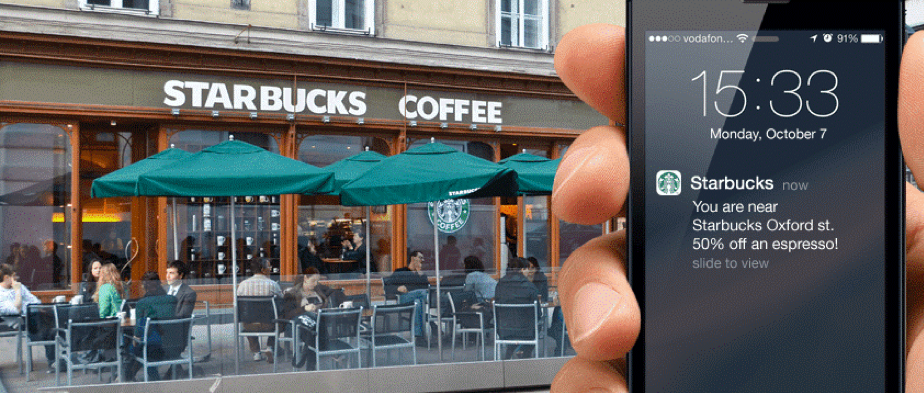
Brands use Location Based Services (LBS) to notify consumers when they are close to a store. To the customer, lines between email and mobile are blurred (as they should be). Customers don’t see channels, they see brands.
Here is another example showing channel integration. An initial email promotes a yummy breakfast item (“Sous Vide Egg Bites”) which sounds so much better than vacuum sealed:

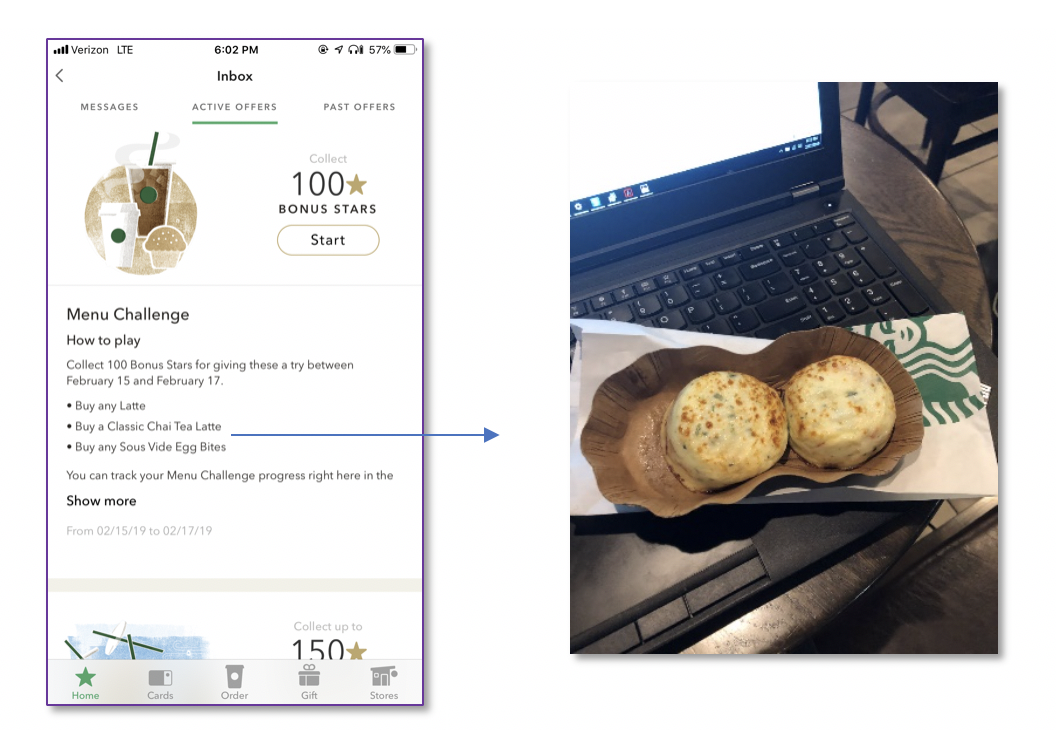
This leads a consumer to check their Starbucks mobile app which is running a promotion called Menu Challenge, promoting trial of new menu items to earn rewards (next time, don’t eat food on your keyboard). The conversion occurs at a third channel which is the store.
Email marketers know integration works. But be careful you are not imposing your strategy on a customer that prefers a different channel. What do you think of this Office Depot® example:
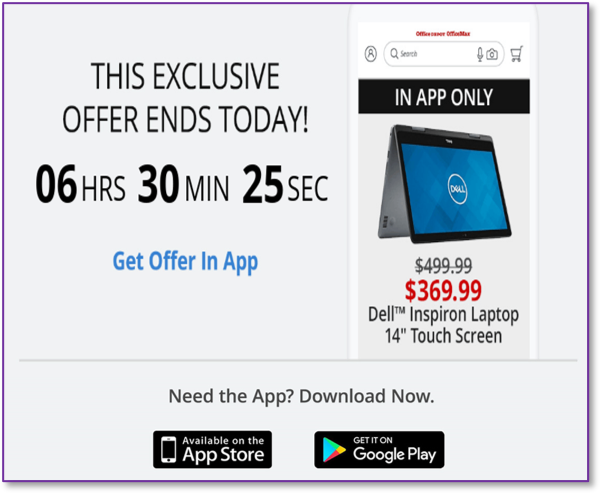
If you want the discount, you have 6 hours to download the app! While this is implementing a strong tactic – creating a sense of urgency - to some customers it may feel a little pushy.
Social Media integration
In the article entitled “Social Media is too important to be left to the marketing department” we are reminded that, as marketing managers, we need to do a much better job leading the firm and explaining how digital marketing can solve business problems. See how Nordstrom Rack® took a negative customer experience and flipped it to a positive by integrating email to help solve the customer’s problem:
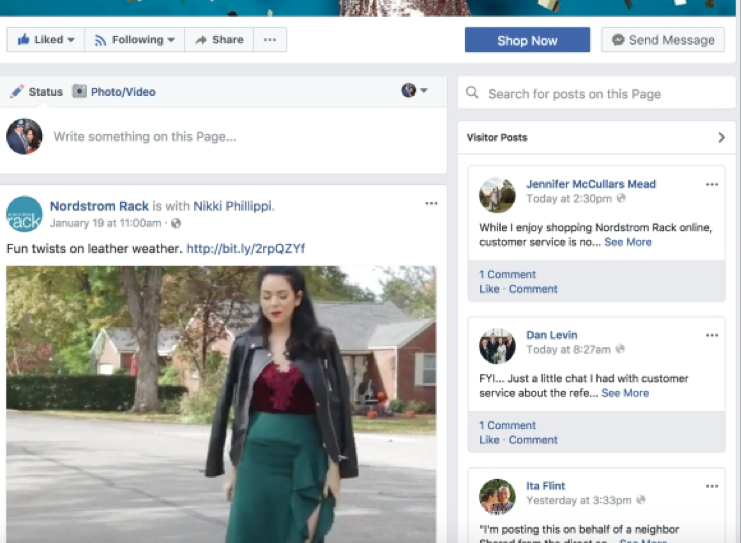
A bad experience shows up on social media
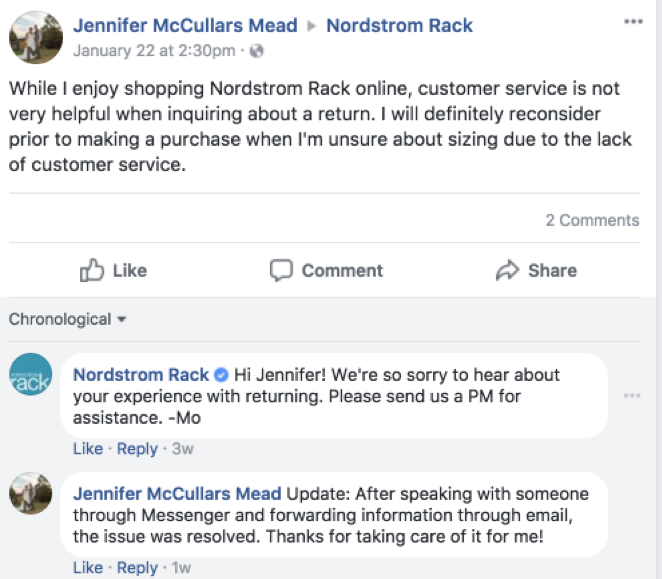
After an intervention with a quick response through social, the customer used social combined with email to resolve the issue.
Here is our ranking, based on our experience with hundreds of email marketers:
Good: Email is connected to web analytics to measure click to conversion. This simple metric demonstrates an appreciation for email solving business problems not just selling
Better: Email is integrated to the website for a consistent experience. Email lands directly on landing pages where action can be taken (like one-click ordering). Email is integrated into social media providing links and ways to intervene, but also promoting User Generated Content (UGC) and amplifying customer love for the brand
Best: Email is integrated including to all marketing communications; email supports brand communications
Get the entire Marketer's Guide to Effective Email
WHO IS HANSA?
Hansa is a marketing communications agency that integrates insights and engagement. When clients work with us, they solve business problems and prove that marketing works.





